May 17, 2025 | 09:12 GMT +7
May 17, 2025 | 09:12 GMT +7
Hotline: 0913.378.918
May 17, 2025 | 09:12 GMT +7
Hotline: 0913.378.918
At Decision No.1325, the Prime Minister signed the Scheme on developing salt production from 2021 to 2030, which orients the development of clean, craft salt production, strengthens the processing stage, and brings salt into a billion-VND-revenue industry.
The objective of this scheme, which is defined in the Scheme for Salt Industry Development (2021-2030) that the Prime Minister has approved, is to modernize and diversify the sector, thereby increasing its economic and strategic significance.
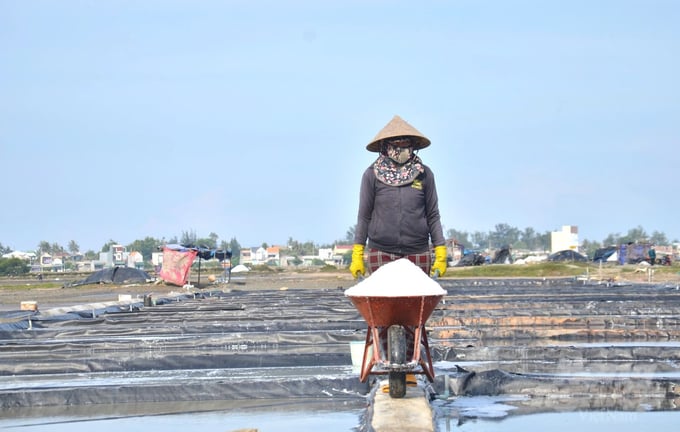
Vietnam will have more than 14 thousand hectares of salt production area by 2025. Photo: Le Khanh.
Salt is a key commodity essential for maintaining national food security and supporting critical industries, including food processing, healthcare, and industrial chemicals. The government is dedicated to transforming the salt sector into a billion-VND revenue-generating industry by implementing advanced processing methods, promoting sustainable production practices, and emphasizing value-added products.
This strategy includes coordinating the activities of the salt industry with the nation's overarching socio-economic development strategy. Development of large-scale industrial salt production areas equipped with modern technologies, integration of processing facilities, and the exploitation of natural advantages will be the primary focus of investments. The goal is to produce high-quality salt products.
The sector endeavors to guarantee a sustainable supply of salt for domestic and industrial use by enhancing post-harvest processes, diversifying production, and increasing productivity. Furthermore, endeavors will be made to enhance the income of salt producers, promote innovation, and strengthen the industry's ability to adapt to changing market demands.
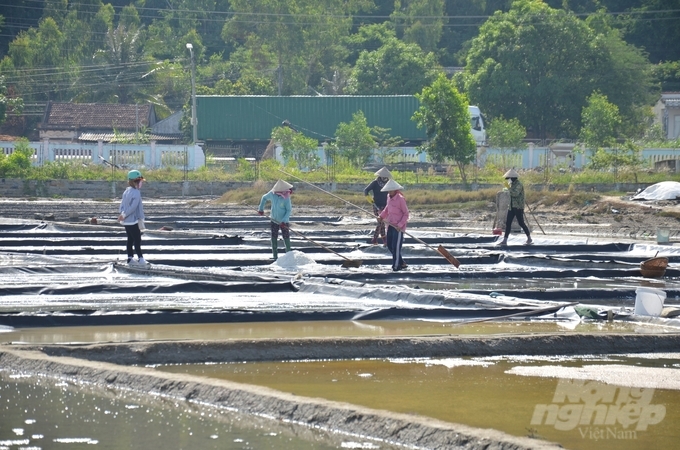
Sa Huynh salt production area. Photo: Le Khanh.
Expected to stabilize at 14,500 hectares by 2025, Vietnam's salt production area will produce 1.5 million tons annually. Crystallized salt production on tarpaulin fields will be 5,000 hectares, with an estimated output of 650,000 tons, and will account for 43% of the total output. Modern technologies are expected to facilitate a minimum 20% increase in productivity, resulting in an annual production of 640,000 tons of industrial-scale salt across 4,805 hectares.
The government intends to introduce new technologies to improve the quality of salt products, increase the value of salt products, and enhance efficiency in artisanal salt production. This will involve the renovation and upgrade of existing salt field infrastructure, particularly irrigation systems.
In the salt sector, the initiative underscores the significance of infrastructure investment. This covers the development of advanced storage facilities, the upgrade of machinery and equipment for salt production and processing, and the consolidation of irrigation systems.
Concurrently, research and innovation will be instrumental in the development of advanced crystallization technologies, the improvement of climate change resilience, and the implementation of smart systems for the monitoring and management of the production process. The anticipated outcome of these developments is a 30% increase in productivity by 2030, which will guarantee consistent quality and satisfy the needs of both consumers and industries.
The 2030 vision sees the establishment of critical industrial-scale salt production centers in the South-Central provinces, including Khanh Hoa, Ninh Thuan, and Binh Thuan.

Tam Dong salt field for manually drying sand (Thuy Hai commune, Thai Binh). Photo: TL.
Additionally, the vision encourages the expansion of artisanal salt production in traditional regions such as Nam Dinh, Thanh Hoa, and Bac Lieu. The government also intends to encourage the production of health-focused salt varieties that contain natural minerals and minimal NaCl content, as well as to expand the availability of processed and refined salt products that are specifically designed for industrial applications.
Furthermore, the integration of salt production with rural tourism and relaxation models will be investigated in regions such as Thuy Hai in Thai Binh and Sa Huynh in Quang Ngai. This will provide unique opportunities to promote Vietnam's rich salt-making heritage and establish new pathways for economic growth.
The government has allocated an estimated 2,824 billion VND to the development of the salt industry by 2030 in order to support these ambitious objectives. Local government contributions and private sector investments will cover the remaining costs, while the central government will provide approximately 68.69% of this funding. This financial commitment emphasizes the significance of the salt industry in sustaining rural livelihoods and fostering economic resilience.
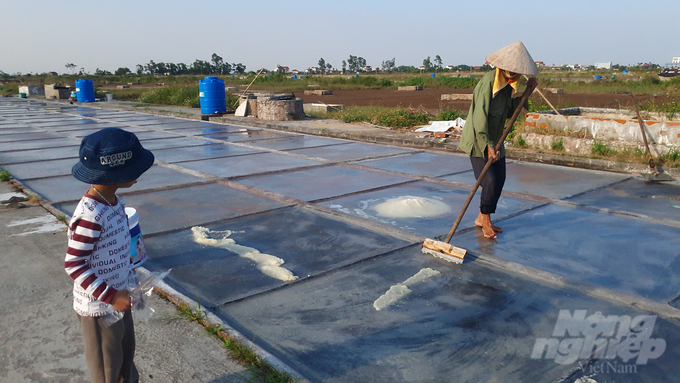
The project aims to establish key salt production areas, preserve and develop traditional salt production villages associated with tourism. Photo: Kien Trung.
The salt sector's transformation is a testament to Vietnam's dedication to socio-economic progress, technological innovation, and sustainable development. The salt industry is well-positioned to serve domestic needs, contribute to food security, and solidify its position as a fundamental component of Vietnam's industrial and agricultural economy by emphasizing diversification, efficiency, and quality.
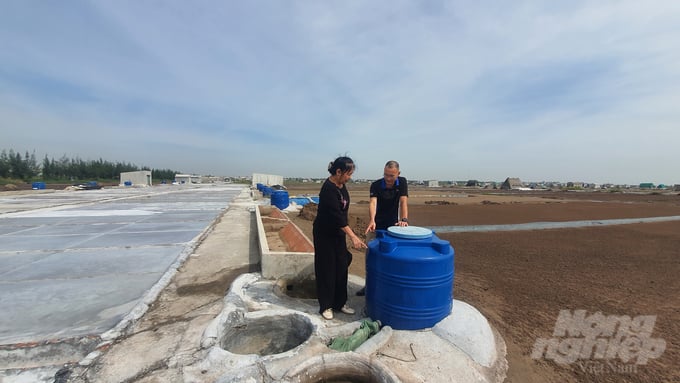

Clean salt production model in Bach Long commune (Giao Thuy district, Nam Dinh). Photo: Kien Trung.
The voyage toward 2030 is not merely an increase in output; it also encompasses a more comprehensive vision for the improvement of livelihoods, the preservation of traditional practices, and the establishment of Vietnam as a global leader in the production of high-quality salt.
Translated by Linh Linh

(VAN) Vietnam's draft amendment to Decree No. 156 proposes a mechanism for medicinal herb farming under forest canopies, linking economic development to population retention and the sustainable protection and development of forests.
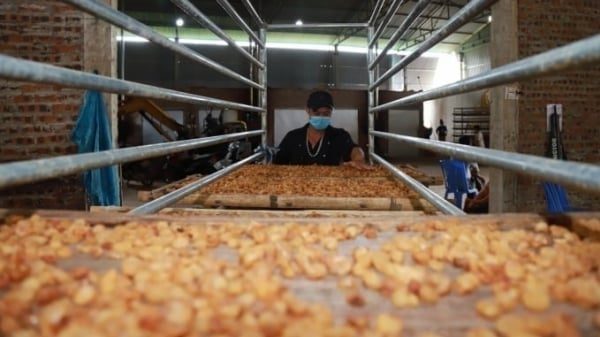
(VAN) In reality, many craft village models combined with tourism in Son La have proven effective, bringing significant economic benefits to rural communities.

(VAN) The international conference titled Carbon Market: International experiences and recommendations for Vietnam was successfully held recently in Ho Chi Minh City.
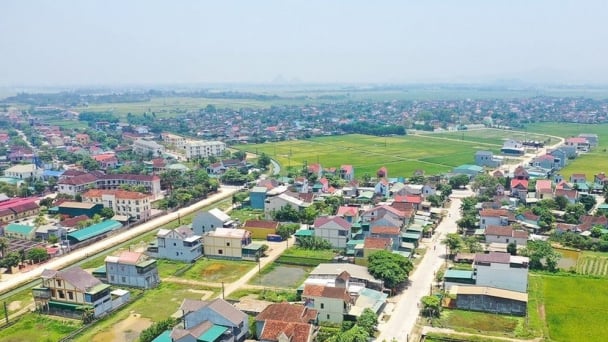
(VAN) According to the Project on rearranging provincial and communal administrative units, in 2025, the country will have 34 provinces/cities, 3,321 communes, wards, and special zones, and no district-level organization.
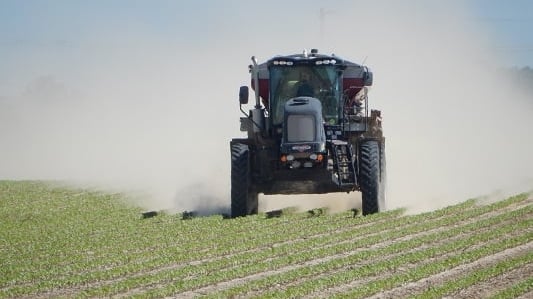
(VAN) The vice president of fertilizer with Stone X Group says the Trump administration’s tariffs are impacting fertilizer markets.
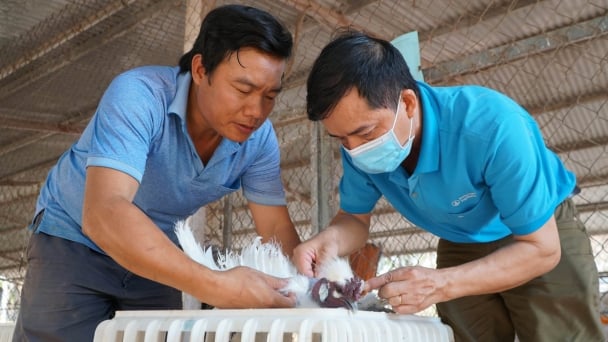
(VAN) Resolution 57 offers Vietnam a significant opportunity to narrow the global genetic technology disparity and convert its extensive genetic resources into commercial advantages.

(VAN) The Ministry of Agriculture and Environment will prioritize the implementation of five core and breakthrough solutions in science and technology, in addition to the seven groups of tasks identified in Decision No. 503.